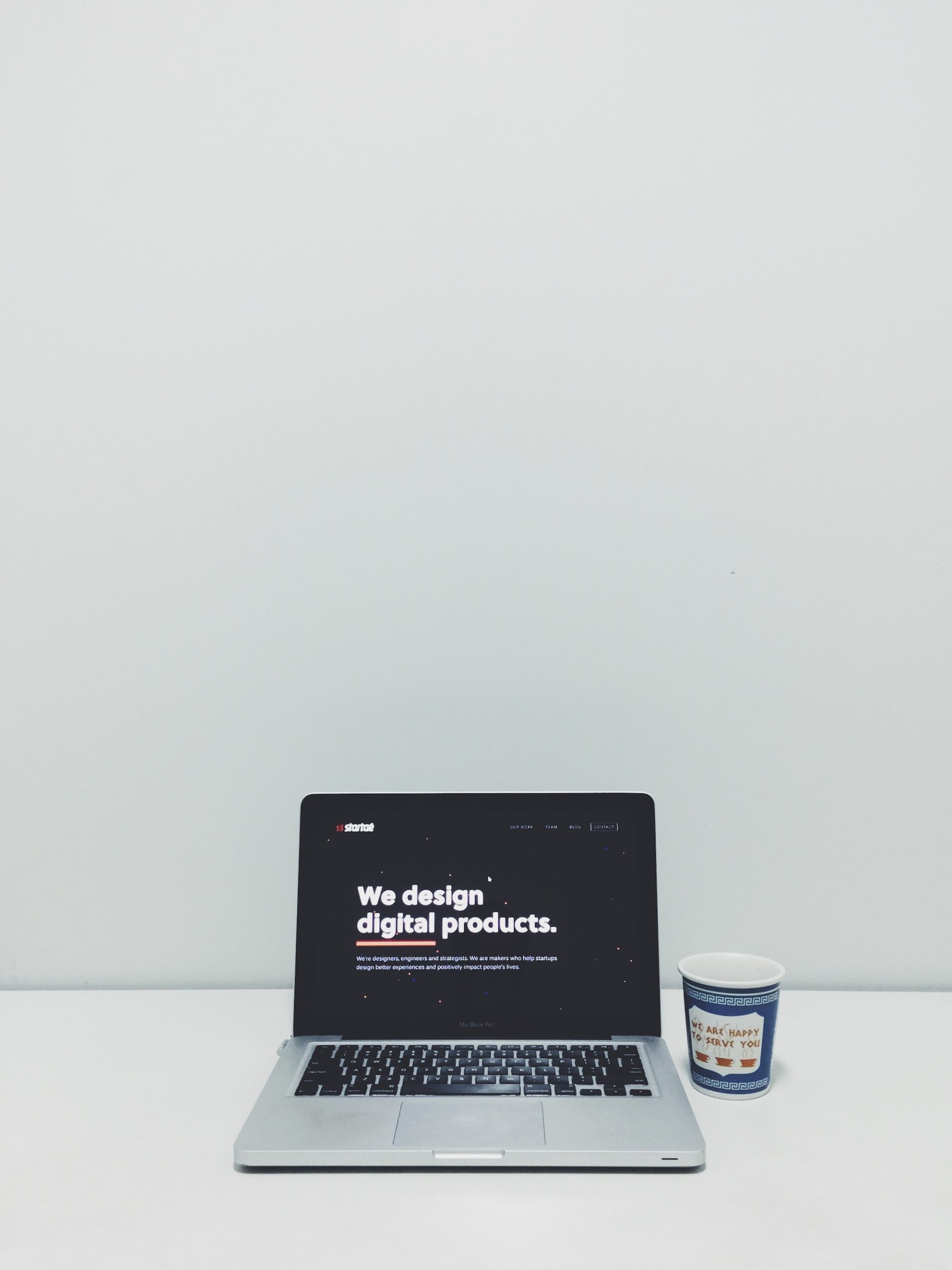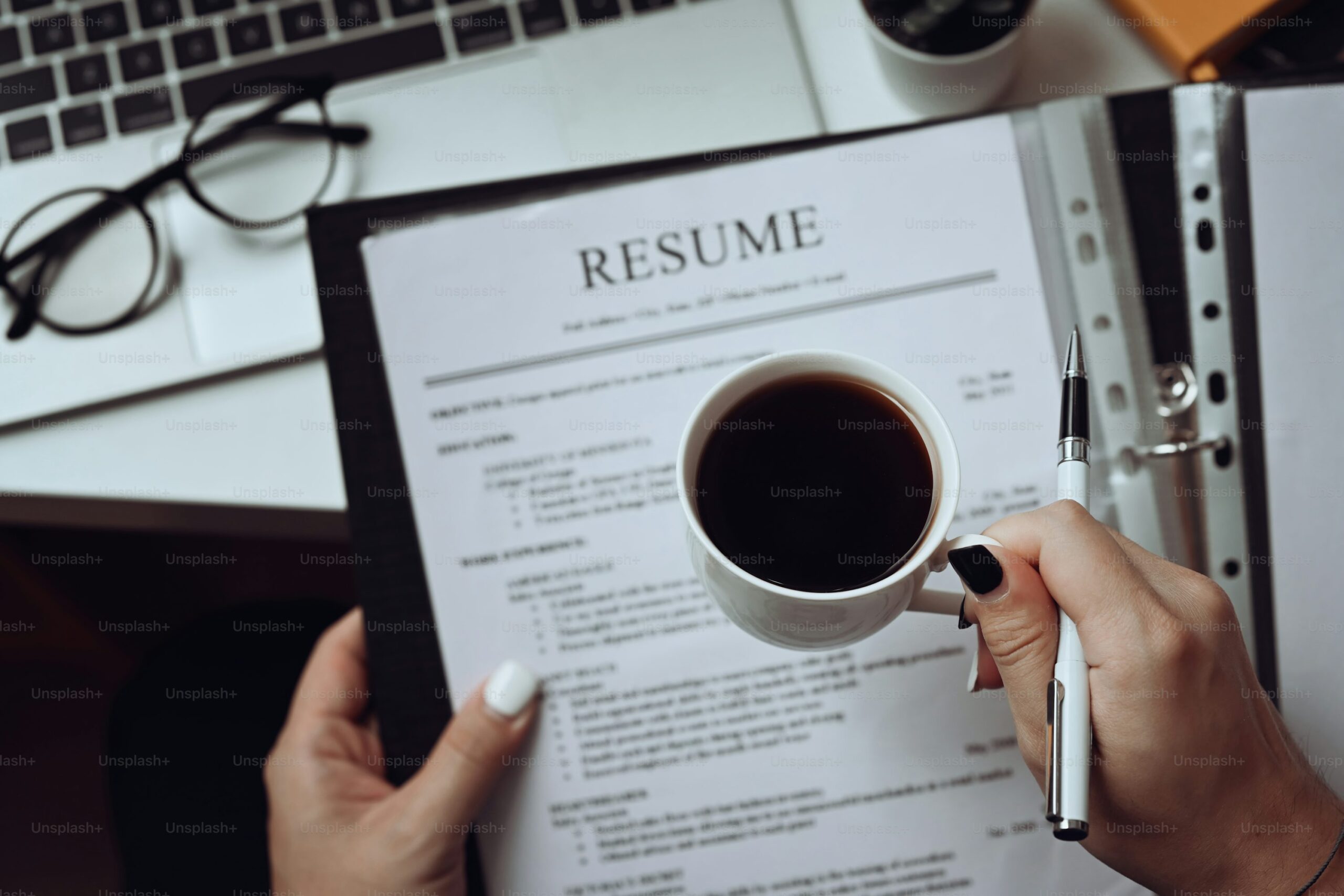Finding the right job can feel like a puzzle sometimes. Every job posting is unique, and I’ve learned that a one-size-fits-all resume just doesn’t cut it. Instead, taking the time to tailor my resume for each specific job has opened doors and led to more interviews.
In this guide, I want to share what I’ve learned about customizing my resume so that it speaks directly to the job I’m applying for.
I hope this friendly walkthrough helps you understand the importance of a targeted resume and gives you practical steps to create one that really stands out.
The Power of a Tailored Resume
When I first started my career search, I used a general resume for every application. It wasn’t until I began tailoring my resume that I saw a noticeable change in the responses I received.
According to a study by Jobvite, recruiters spend an average of just six seconds scanning a resume before deciding if it’s worth a closer look. With that in mind, a resume that directly addresses a job’s requirements can make all the difference.
Customizing my resume isn’t about lying or exaggerating—it’s about aligning my actual experiences and skills with what the employer needs. This approach not only boosts my chances of getting an interview but also shows the employer that I have taken the time to understand what they’re looking for.
Just Before You Go
Empower individuals to overcome barriers, gain essential skills, and secure gainful employment through our proven programs—KeelMaster, KeelWings, and KeelMate. Your support can spark change and build brighter futures.
Donate NowSteps to Tailor Your Resume
1. Understand the Job Description
Before I even touch my resume, I read the job description carefully. I highlight keywords, required skills, and any specific experiences mentioned. This helps me understand what the employer values most. For example, if the job posting emphasizes project management skills, I make sure to list any project management experience I have.
2. Match Your Skills and Experiences
I compare the job description with my current resume. I ask myself: “Which of my skills and experiences best fit this role?” It might mean reordering bullet points or expanding on certain projects. For instance, if the role calls for experience in digital marketing and I’ve led a social media campaign, I add more details about that project.
3. Adjust Your Summary or Objective Statement
Your resume summary is like your personal pitch. I tweak this section for each application so that it reflects the exact job I’m applying for. If the job values leadership and innovation, I include those words and examples from my experience. This small change helps create an immediate connection with the reader.
4. Use the Right Keywords
Many companies use Applicant Tracking Systems (ATS) to filter resumes. I pay close attention to the keywords in the job posting and naturally include them in my resume.
This increases the chances that my resume will pass through the system and be seen by a hiring manager. For more on how ATS works, I found a great resource on Jobscan.
5. Quantify Your Achievements
Numbers speak louder than words. I make sure to include any relevant metrics that show the impact of my work. For example, instead of just stating “managed a team,” I write “managed a team of 10, resulting in a 20% increase in productivity.” This adds credibility and gives the employer a clearer picture of what I can bring to the table.
6. Focus on the Relevant Information
It’s important to remove or minimize details that don’t relate to the job. If I have experiences that are not relevant to the position, I either leave them out or move them to a less prominent section. This keeps my resume concise and focused.
Practical Tips for a Custom Resume
- Tailor Your Cover Letter Too: I never send out a resume without a cover letter. The cover letter is another chance to connect my experience with the job’s needs. I reference specific parts of the job description and explain how my background fits in perfectly.
- Keep It Clean and Organized: A cluttered resume can be off-putting. I make sure my resume is easy to read with clear headings and bullet points. This is important for both human readers and ATS.
- Regularly Update Your Resume: I review and update my resume every few months. This way, I always have a current list of skills and achievements that I can draw upon when tailoring it for a specific job.
- Seek Feedback: Sometimes it helps to have another pair of eyes look at my resume. I’ve found that a friend or mentor can offer insights that I might have missed.
Real-World Examples
Let’s say I’m applying for a marketing position that stresses creativity and data analysis. I would do the following:
- Job Description Highlights: Creativity, data-driven decision-making, social media management, and campaign analysis.
- My Tailored Resume:
- Summary: “Creative marketing professional with 5+ years of experience in digital marketing, specializing in data-driven strategies and innovative social media campaigns.”
- Experience: I would highlight projects where I used data analysis to guide campaign decisions and mention any creative campaigns I developed.
- Skills Section: I would list skills like “Data Analysis,” “Creative Campaign Development,” and “Social Media Strategy.”
This direct alignment makes it easy for the hiring manager to see that my background fits their needs.
FAQs
How long should my tailored resume be?
I aim for one page if I have less than 10 years of experience. If I have more experience, two pages are acceptable, but I make sure every detail is relevant to the job.
How do I know which parts of my resume to change?
I focus on the summary, skills, and experience sections. I look for any parts that mention skills or experiences the job posting values and emphasize them.
What if I have gaps in my experience?
I address gaps honestly and focus on the skills I’ve developed. You might consider adding a short explanation or emphasizing freelance work, volunteer activities, or courses that helped you build relevant skills.
Can I use a template for each resume?
Templates can be helpful, but I customize the content for each job. The structure can remain similar, but the details must be adjusted for each application.
Further Resources
If you’re looking for more help with tailoring your resume, here are a few additional resources I’ve found useful:
- Jobscan: A tool to compare your resume against job descriptions and optimize it for ATS.
- LinkedIn Learning: Courses on resume writing and job searching.
- Indeed Career Guide: Articles and tips on creating resumes that work.
Each of these resources offers tools and tips that have helped me refine my approach over time.
In Conclusion
Taking the time to tailor my resume for a specific job has not only boosted my chances of getting noticed by employers, but it has also helped me feel more confident in my job applications.
I now see each resume as a unique pitch—a chance to highlight why I’m the right fit for that particular role. When I align my skills and experiences with what the employer needs, it creates a strong first impression that can lead to interviews and, eventually, job offers.
I hope you find these tips as helpful as I have. Now, I’m curious: How To Tailor Your Resume For a Specific Job?
Just Before You Go
Empower individuals to overcome barriers, gain essential skills, and secure gainful employment through our proven programs—KeelMaster, KeelWings, and KeelMate. Your support can spark change and build brighter futures.
Donate Now


